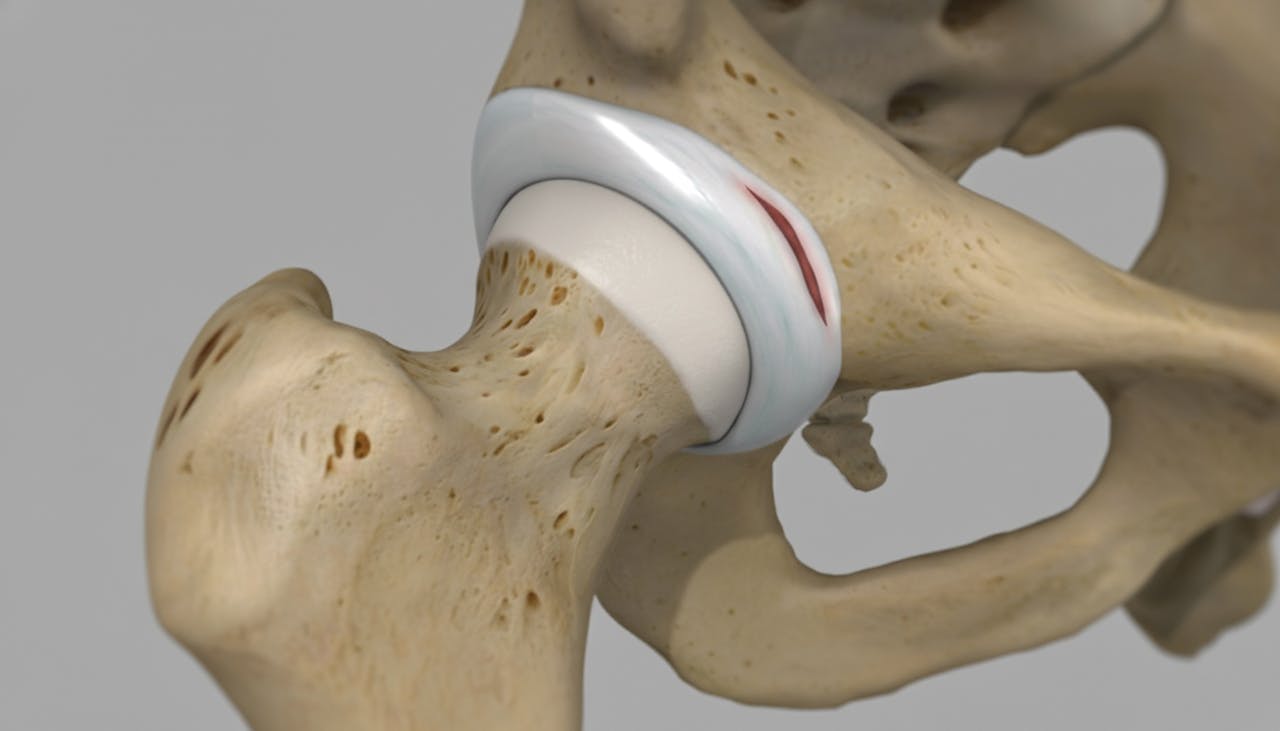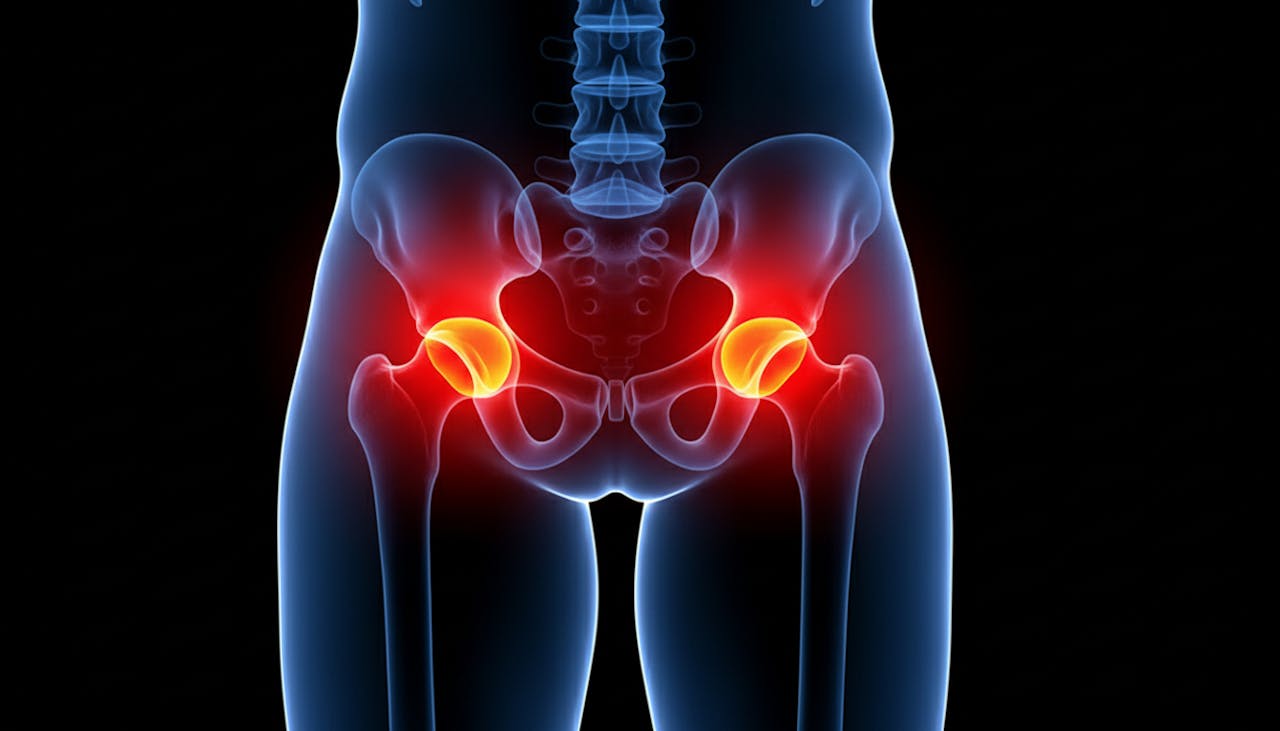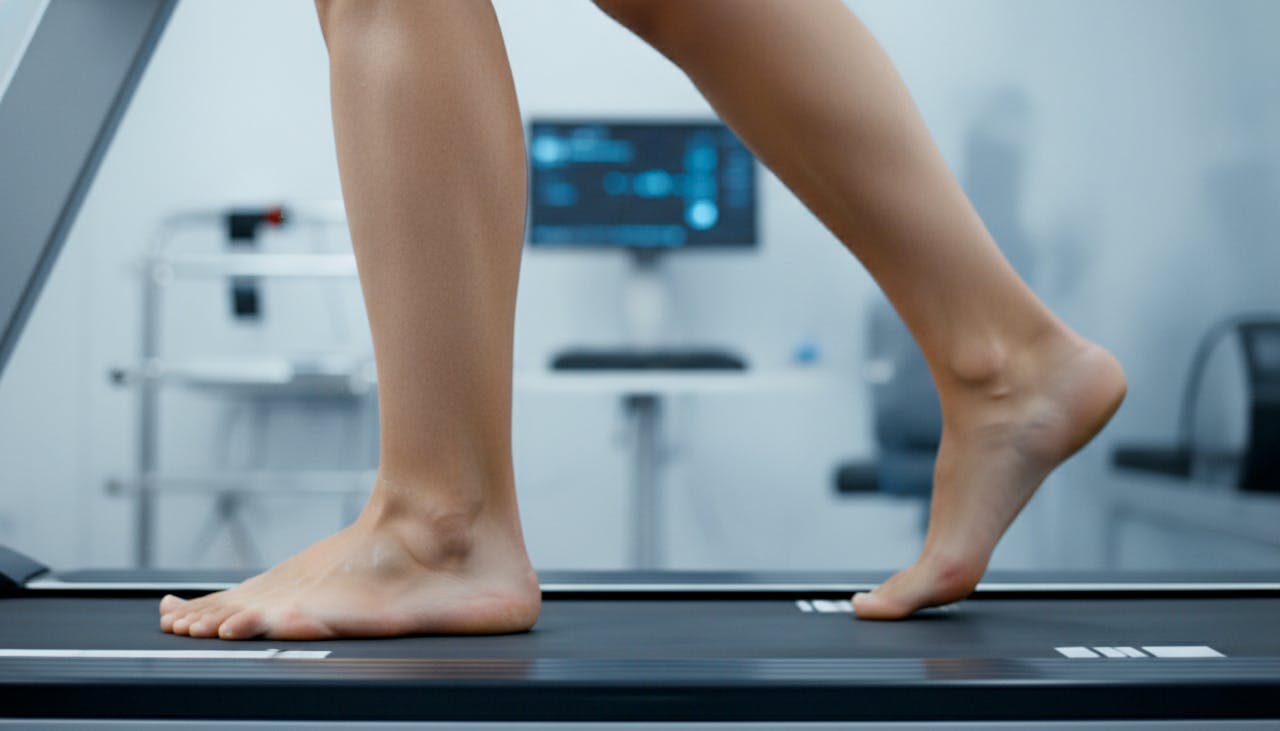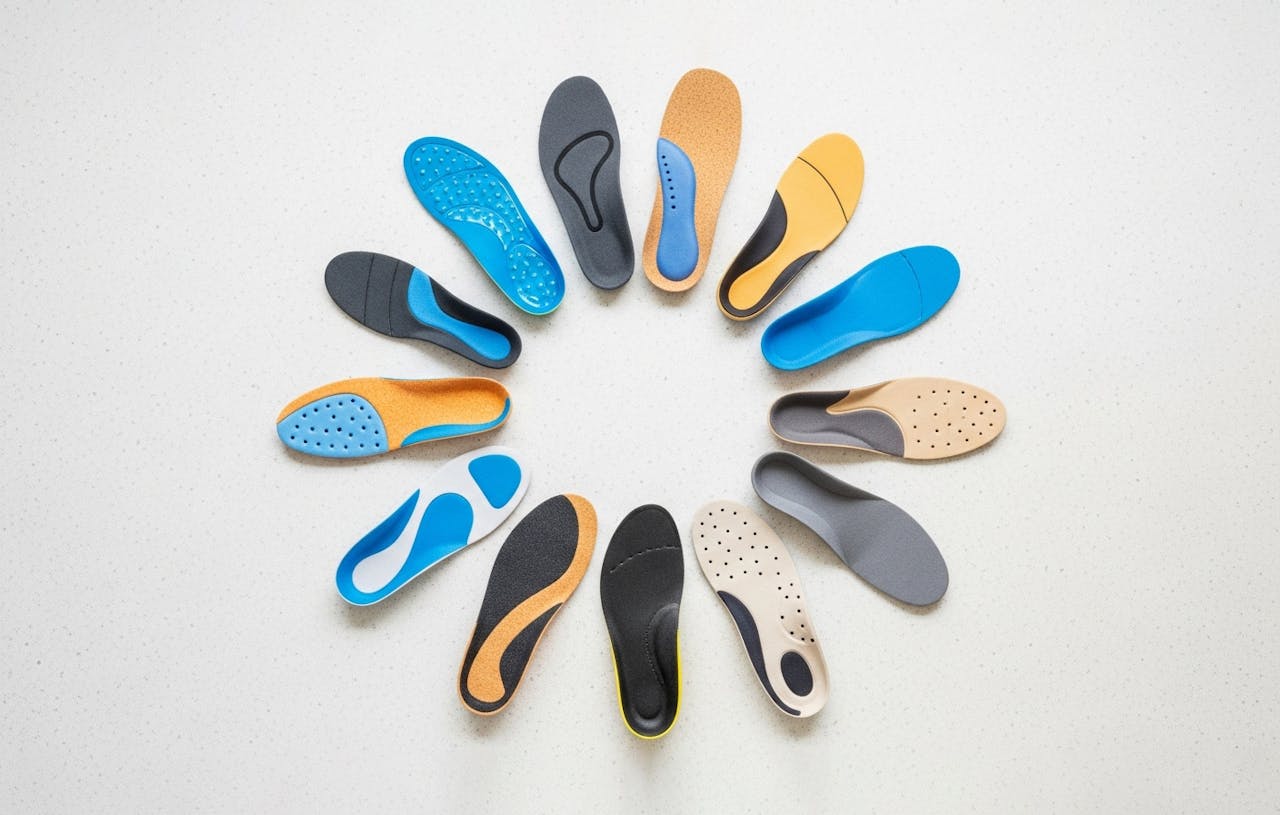
Labral Tear
A labral tear involves damage to the ring of cartilage (labrum) that surrounds the socket of ball-and-socket joints like the hip or shoulder, often causing pain, clicking, and a feeling of instability.
Overview
What is it?
Both the hip and shoulder are ball-and-socket joints. To make these shallow sockets deeper and more stable, they are rimmed by a tough, rubbery ring of cartilage called the labrum. This acts like a suction seal, helping to keep the ball firmly in place. A tear in this ring can break that seal, leading to pain and a loss of joint stability.
How common is it?
It is increasingly recognised as a common source of joint pain, particularly in active adults. In the hip, it is very often associated with underlying conditions like FAI or Dysplasia. In the shoulder, it is frequently seen in athletes who perform overhead throwing motions or in older adults due to degeneration.

Symptoms & Causes
What are the symptoms?
- Hip Labral Tear: Deep groin pain or pain in the front of the hip, often accompanied by a mechanical "locking," "clicking," or "catching" sensation deep inside the joint.
- Shoulder Labral Tear: Pain, especially with overhead activities, a feeling of instability or that the shoulder might "pop out," and decreased range of motion.
What does it feel like?
The pain is often sharp during certain movements (like twisting or squatting for the hip; reaching behind the back or overhead for the shoulder) and can settle into a dull, deep ache after activity.
What causes it?
- Trauma: A sudden injury, such as a dislocation or a direct blow to the joint.
- Repetitive Motion: In sports like golf or ballet (for the hip) or baseball/tennis (for the shoulder), constant twisting can gradually wear down and tear the labrum.
- Structural Issues: As mentioned in previous guides, conditions like FAI (impingement) or Hip Dysplasia put constant abnormal stress on the labrum, making it highly susceptible to tearing.
Some health conditions can include:
- Joint Laxity: People with naturally looser ligaments are more prone to labral issues because their joints move around more than normal.

How is it Diagnosed?
At Foot Factor, we frequently see patients with hip labral tears whose symptoms are exacerbated by their foot mechanics.
What tests are used to diagnose it?
- Physical Examination: We use specific provocation tests to try and gently pinch or stress the labrum to see if it reproduces your familiar pain or clicking.
- Gait Analysis (for hip): We check if your walking pattern is increasing rotational stress on the hip joint.
- Imaging Referral: An MRI arthrogram (where dye is injected into the joint before the scan) is usually the gold standard for seeing a labral tear clearly, as standard MRIs can sometimes miss them.
Foot Factor provides Expert Podiatry Treatment Tailored to You.
At Foot Factor, our podiatrists specialise in diagnosing and treating foot pain with precision and expertise. With advanced gait analysis, bespoke orthotics, and sports-focused podiatry care, we don’t just identify the problem—we provide a targeted solution to get you back to moving pain-free. Book a consultation today and take the first step toward lasting relief.

How is it Treated?
Conservative (non-surgical) treatment is very often successful in managing symptoms, even though it doesn't technically "heal" the torn cartilage. The goal is to improve the joint's environment so the tear stops being irritated.
- Biomechanics & Orthotics (Hip): If your foot overpronates, it causes internal rotation of the leg, which can twist the hip joint and irritate a labral tear with every step. Custom orthotics can correct this rotational fault, significantly reducing the daily irritation to the joint.
- Physical Therapy: Focusing on strengthening the muscles around the joint (glutes for the hip; rotator cuff for the shoulder) to take over the stabilising role that the damaged labrum is struggling with.
- Activity Modification: Temporarily avoiding the specific movements that cause the sharp "catch" or pain.
- Injections: Steroid or other specialist injections can sometimes be used to reduce inflammation within the joint.
- Surgery: If conservative care fails and mechanical symptoms (like locking) are severe, keyhole surgery may be considered to repair or trim the torn bit of labrum.
Our Bespoke Orthotics give you the Right Support for Long-Term Relief.
At Foot Factor, our podiatrists specialise in diagnosing and treating foot pain with precision and expertise. With advanced gait analysis, bespoke orthotics, and sports-focused podiatry care, we don’t just identify the problem—we provide a targeted solution to get you back to moving pain-free. Book a consultation today and take the first step toward lasting relief.
Related Articles
Find expert tips, advice, and insights to support your foot health and active lifestyle.


